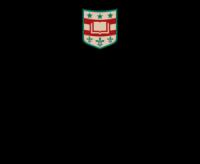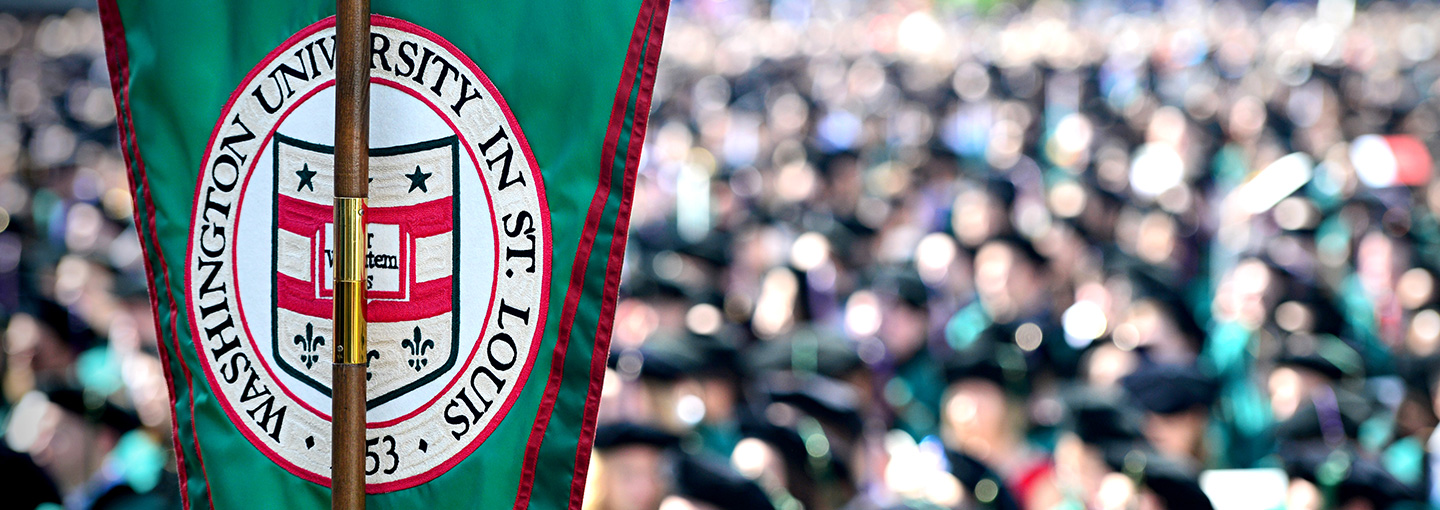
Washington University in St. Louis
St. Louis , Missouri , United States
- Founded: 1856
- Establishment: University
- Type: Private
- Total Students: 16244
Washington University in St. Louis
Over the course of its first 150 years, Washington University in St. Louis has made remarkable progress, growing from a college educating local men and women to an internationally known research university with students and faculty from approximately 90 countries.
On the school’s 25th anniversary, it boasted 1,486 students and 87 professors. In 2009, Washington University had 6,114 undergraduate students and 3,297 professors, with over 35 percent of undergraduate students being multicultural and international students.
Founding Washington University
In 1853, prominent St. Louis merchant Wayman Crow and his pastor, William Greenleaf Eliot Jr., concerned about the lack of institutions of higher learning in the growing midwest, led the founding of Washington University in St. Louis.
During the 1840s and 50s, waves of immigrants flooded into St. Louis, boosting the population of the young city. With these newcomers came a pressing need for education — both industrial training and basic general courses — conducted outside of normal working hours. So the first educational step of the young Washington University was to establish an evening program on October 22, 1854. Over the succeeding decades, the continuing education program underwent many changes.
The university flourished at its location in downtown St. Louis for its first 50 years, growing from an evening program to an institution offering a full slate of scientific, liberal arts and classical course offerings. In time, schools of law and fine arts were added. In 1891, the school acquired the St. Louis Medical College to form a medical department, which merged with the Missouri Medical College in 1899.
Building the Danforth Campus
In 1891, Robert S. Brookings was named to the board of the growing university. Brookings later became president of the board, and was instrumental in the construction of the new campus as well as the transformation of the medical school. In the spring of 1892, Brookings and several other board members were appointed to a special real estate committee charged with finding a new site for the university. The following year, the committee decided on a hilltop location west of the city. The site plan was developed in 1895 by Frederick Law Olmsted, and the architecture firm of Cope and Stewardson, winner of the national competition, was selected.
In 1900, construction was begun on the first five buildings of a plan based on the medieval courtyards of Oxford and Cambridge Colleges. In 1901, with the construction of Busch Hall and University Hall (now known as Brookings Hall) underway and cornerstones laid for Cupples I and Cupples II, the buildings were leased to the company organizing the 1904 World’s Fair in nearby Forest Park. The lease money made it possible to begin construction of additional buildings, and all were used by the Fair before the university moved in.
Expanding the School of Medicine
After overseeing construction of the new campus, Brookings turned his attention to the expansion and reformation of the medical school, located at the east end of Forest Park. Despite a broadened course of instruction and raised entrance requirements, the school had out-of-date facilities and a disorganized faculty. Brookings began its transformation by making it a true university department in 1906, with board oversight of its finances and policies. Brookings helmed a search for a new dean, and donated $500,000 of the $850,000 needed for new grounds and facilities. In 1911, Brookings signed contracts linking the university with St. Louis Children’s Hospital and the newly constructed Barnes Hospital. The new medical complex on Kingshighway was dedicated in 1915. He also spearheaded the effort to create a model for American medical education and research. As a result, the medical school today is the most selective in the nation.
William H. Danforth
Much as William Greenleaf Eliot established the academic enterprise and Robert S. Brookings led the university’s move from downtown to the present-day campus and established the School of Medicine as a leader in medical education, research and patient care; William H. Danforth has had a transformative effect on Washington University. First as vice chancellor for medical affairs and then as the university’s 13th chancellor from 1971-1995, he stabilized the university’s finances, built stronger ties with the St. Louis community, and led to the university’s recognition as a national and international leader in higher education. His accomplishments as chancellor are legion: 70 new faculty chairs, a $1.72 billion endowment, dozens of new buildings, and triple the number of gift-supported scholarships.
University Seal and Motto
The university seal was developed in 1896 by Holmes Smith, professor of drawing and history of art, using elements from the coat of arms of George Washington (after whom the university is named) and fleurs-de-lis, the symbol of King Louis IX, patron and namesake of St. Louis. The seal was officially adopted by the Board of Trustees in March 1897. The university’s motto, which appears inside an open book in the middle of the university seal, is Per Veritatem Vis, “Strength through Truth.” The motto was adopted in 1915. The current version of the official university seal was created in 2000, incorporating the same elements.
For more information about the history of Washington University, read “Beginning a Great Work: Washington University in St. Louis,” by Candace O’Connor, available through the Campus Bookstore or the Olin Library.
Important Facts
Undergraduate
Architecture: 238
Art: 324
Arts & Sciences: 4,649
Business: 861
Engineering: 1,501
Evening and other: 711
Graduate and Professional
Architecture: 133
Art: 45
Arts & Sciences: 883
Business: 2,030
Engineering: 1,388
Law: 1,142
Medicine: 1,296
Social Work & Public Health: 460
Other: 99
15,294
Traditional students in Fall 2023
1,258
Part-time/Evening students in Fall 2023
Total Enrollment: 16,552
Undergraduate educational costs 2023-24
Basic undergraduate tuition: $61,750
Student activity fee: $616
Student health and wellness fee: $616
Average undergraduate room and board: $20,778
Degrees awarded in 2022-23
Associate: 13
Bachelor: 1,868
Master: 2,830
Doctor: 789
Aud: 12
DBA: 4
DPT: 90
JD: 230
JSD: 6
MD: 110
OTD: 52
PhD: 285
TOTAL: 5,500
Features
-
Ranking: N/A

-
Ranking: N/A

- Type of Accommodation: On Campus
Financials
Marketing Material
Contact Information
- 1 Brookings Dr, St. Louis, MO 63130, United States
- To know more contact PSA toll free number 18002585772
Programs Offered
PhD in Immunology
- Length 05 Year
- Total Tuition Fee 308750 USD
- Application Fee 75 USD
- Average processing time 20 days

